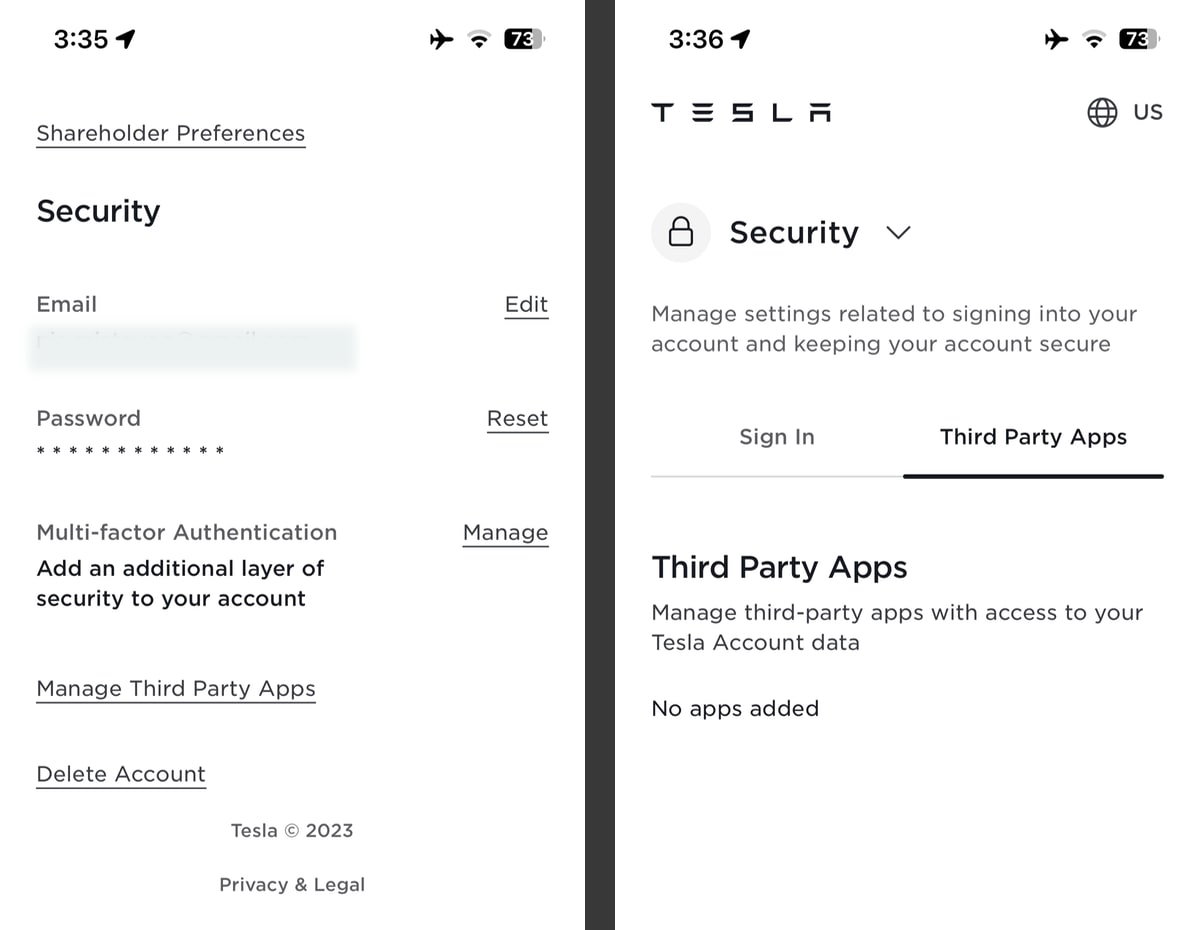srs5694
Active Member
Err... Tesla is running Linux.
The same OS Android is based on.
It's not really a "new platform"
It's true that Tesla uses the Linux kernel as the base of its OS, for at least one computer in the car; however, these days the OS kernel, and even low-level support libraries, aren't the biggest compatibility issue -- it's the APIs for managing the display, user input, etc. I have no idea what Tesla is using for that. It might or might not be related to the X Window System (the traditional windowing system for desktop Linux, although there are replacements that are slowly taking over) or whatever Android uses. Developing for Android is very different from developing for desktop Linux. I wouldn't assume that developing for Tesla would be just like developing for either Android or desktop Linux.
Also, as I believe I've stated elsewhere, third-party apps running natively on Tesla's computers pose a greater security risk than Android Auto or Apple CarPlay apps running in a mirroring window. Security is a big deal in computing, and given the importance of the computers in a Tesla, we should all be taking that very seriously. You have a chance to override a rogue Android Auto app that directs you to drive into a river. If that app is controlling your car on Autopilot, you might not have time to override it, particularly if you're one who doesn't keep your hands on the wheel at all times.




